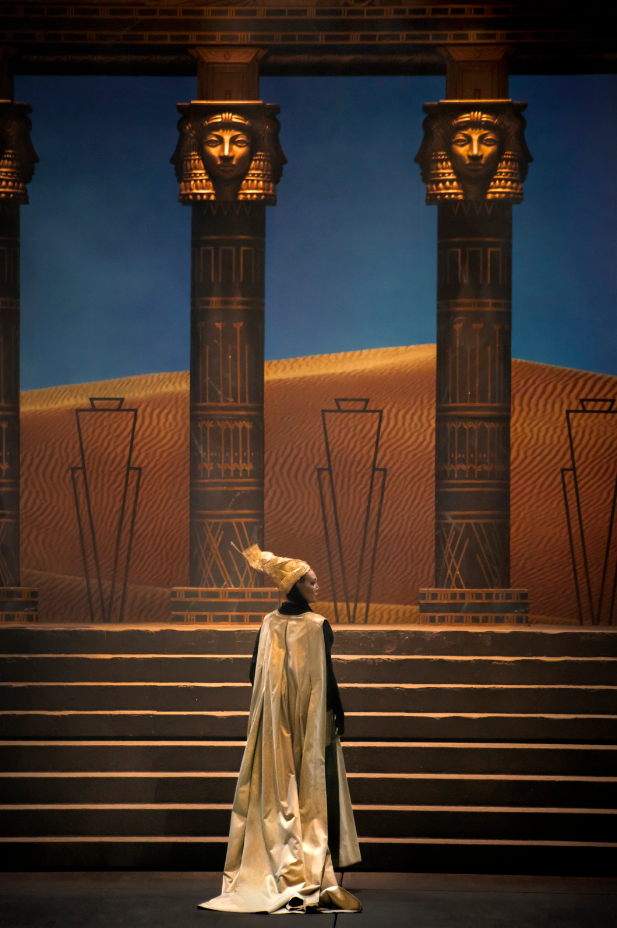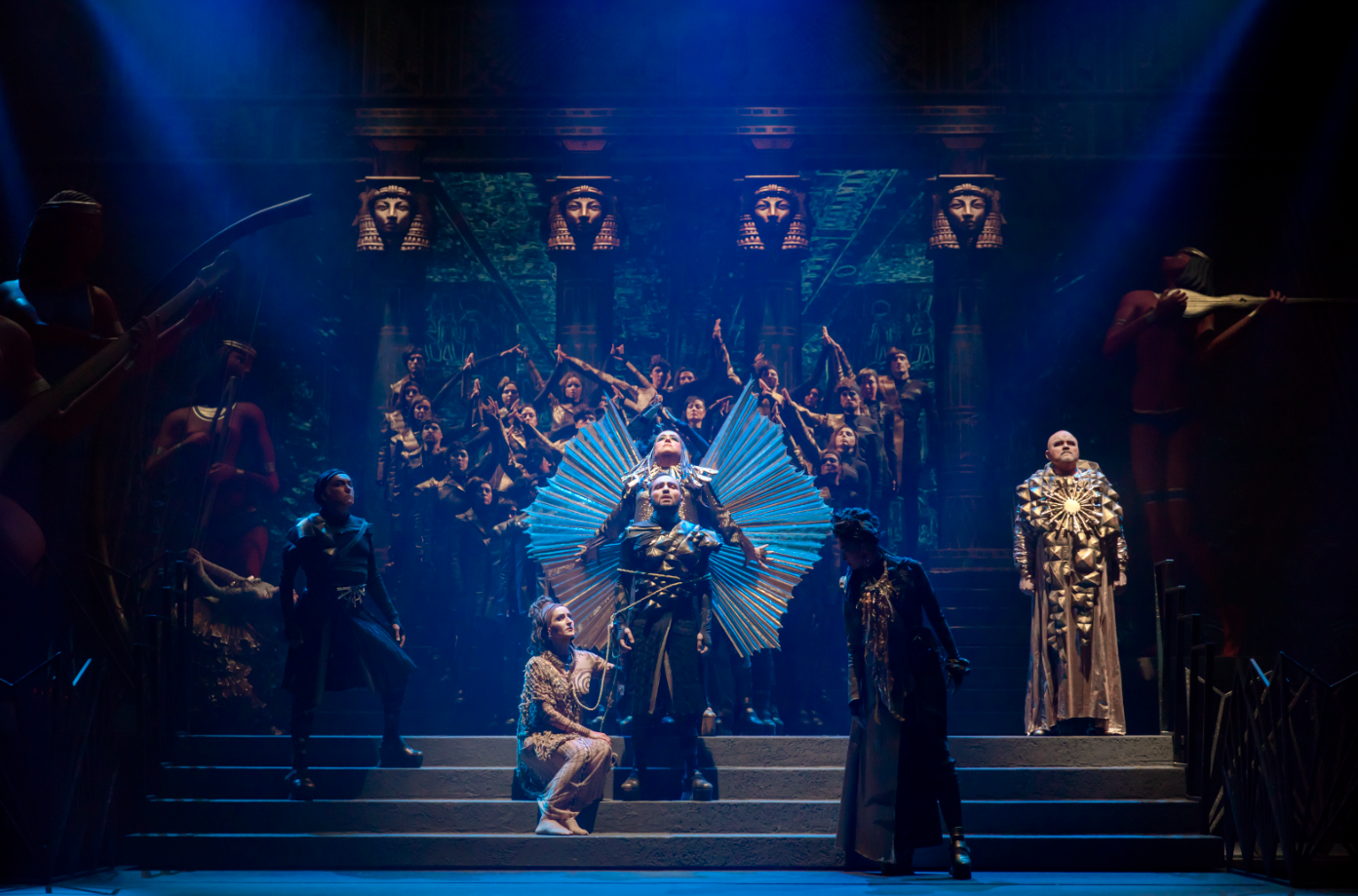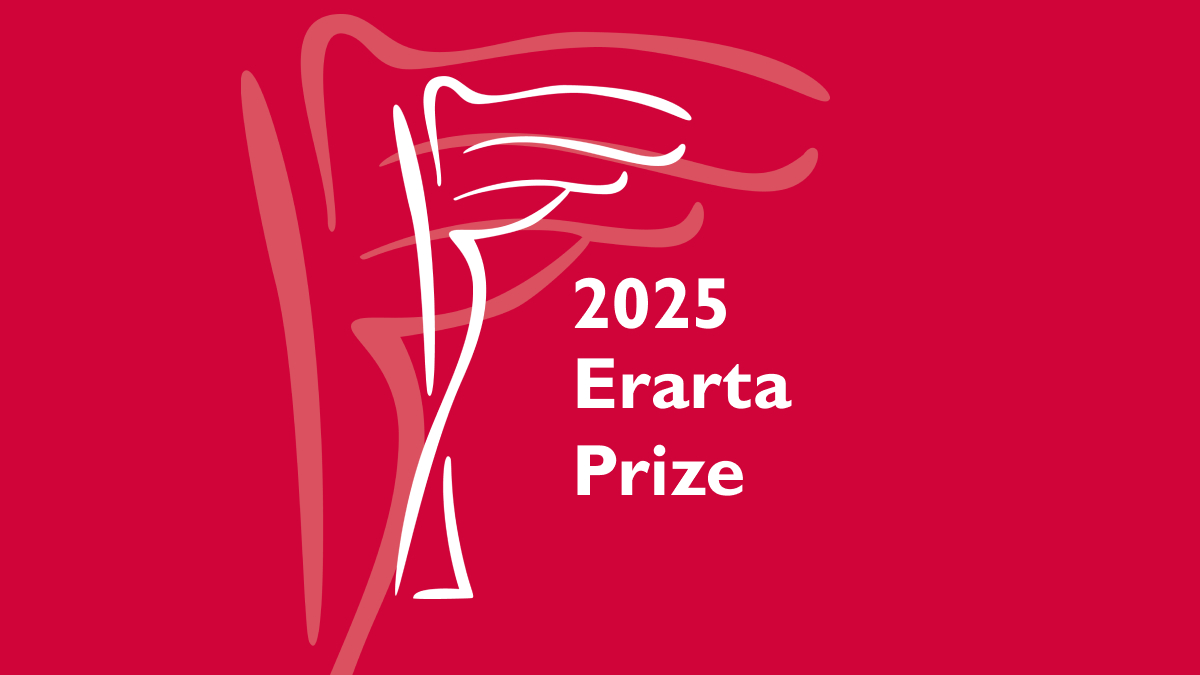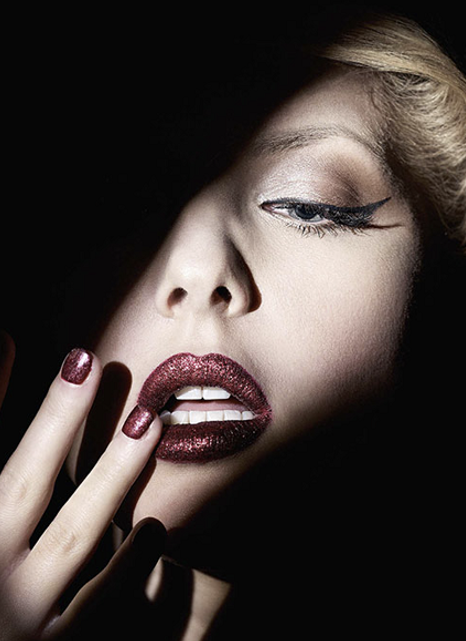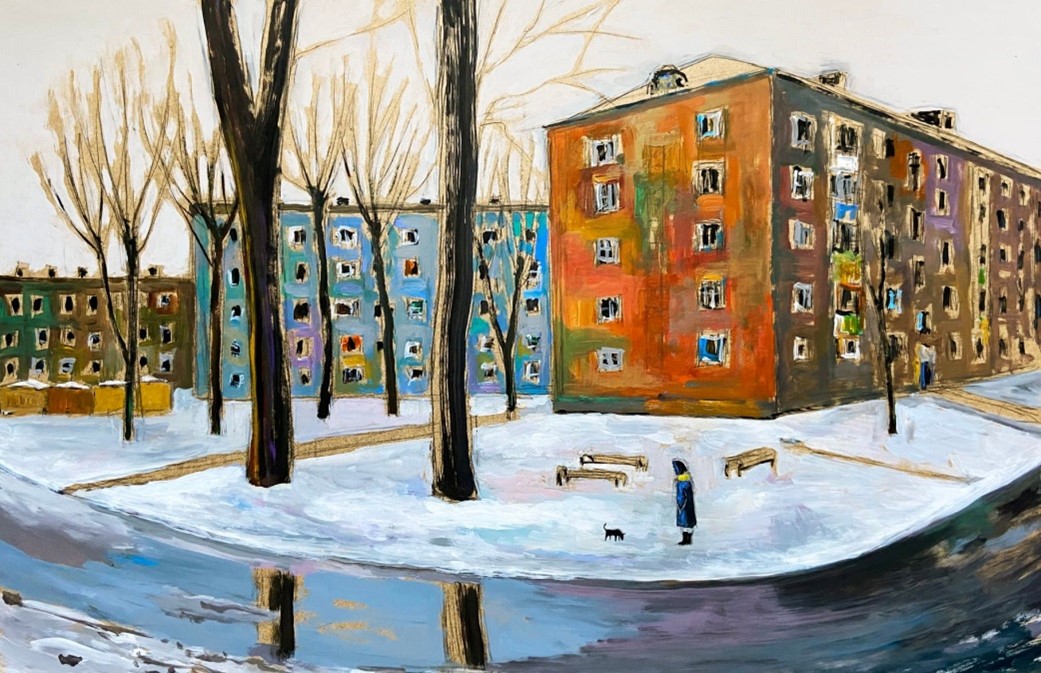Erarta Museum of Contemporary Art presented Searching for the Source of the Nile, an exhibition project made possible through a collaboration with Helicon-Opera theatre
- The culture of Ancient Egypt and the story behind Giuseppe Verdi’s Aida reimagined by contemporary artists
- Parts of the stage set designed for the Moscow-based theatre’s celebrated production and turned into full-fledged art objects
- Sculptures of epic scale created by the renowned Estonian artist Tauno Kangro
With as much as we know about the glorious civilisations of the past, few of our contemporaries have a special affinity for the Aztec culture, great Mongol conquests or religious practices of the Celts. Bygone civilisations are an area of mostly specialist enquiry – which truly sets apart Ancient Egypt, the birthplace of a culture which has been sparking genuine interest ever since its inception.
The father of history Herodotus maintained that Ancient Egypt boasted far more marvels and attractions that any other land; the finest minds struggled to solve the mysteries of pyramids and papyruses; Freemasons drew sphinxes to symbolise initiation into arcane sciences; Thor Heyerdahl’s expedition crossed the Atlantic onboard a papyrus boat built according to ancient Egyptian drawings; finally, not long ago, American composer Philip Glass wrote Akhnaten, an opera dedicated to pharaoh Akhenaten and featuring a libretto based on the latter’s writings and excerpts from the Egyptian Book of the Dead.
The legacy of Ancient Egypt has not only been studied by our contemporaries, but at times even enriched by them. Giuseppe Verdi’s opera Aida telling the tragic tale of love between an Egyptian military commander, Radamès, and Aida, slave of Ramses and daughter of the Ethiopian king whose troops were at war with the Egyptians, is well-known. Lesser known is the fact that the opera is based on a popular story set to verse upon Verdi’s request by an Italian librettist Antonio Ghislanzoni. The reasons for Aida’s creation were also far from academic research: the opera was commissioned by Isma’il Pasha, Khedive of Egypt, to be premiered at his theatre on the occasion of the Suez Canal opening. Nevertheless, the resulting work of art seems to fit seamlessly into the presently known ancient Egyptian canon. The extent to which its creators immersed themselves in their subject matter speaks to the fact that the times of the ancient kingdom continue to entice, stirring in many a desire to be fully absorbed by its ideas, spirit, and aesthetics.
What do we know about Ancient Egypt? One of the most magnificent and developed civilisations that managed to leave no gruesome aftertaste originated on the shores of the Nile around 5200 BC. The only culture to have preceded it was that of Sumer, which, however, it outlasted. The Nile was Ancient Egypt’s life-giving force, determining its lifestyle and pace, serving as its religious and cultural linchpin. Even pharaoh Akhenaten’s religious reform that introduced the worship of a single supreme god connected this deity to Nile. The river’s immense length, its unfathomable overflowing at the height of droughts in the surrounding desert, the rich purple colour of its waters during floods, and the endless repetition of its cycles over the 30 million years that make up the Nile’s age were bound to determine the grand scale and spirit of the ancient Egyptian culture. The repetitiveness ensuring renewal was the cornerstone of the civilisation’s religion, while the Egyptians’ ability to perceive natural phenomena as manifestations of the divine laid the groundwork for their art.
The Nile’s creative force was deified in Ancient Egypt in the form of a uterus, containing both male and female vital energies and making the world what it is. The river’s unique nearly straight south to north flow spurred the belief that the sun god Ra is born every day on its right bank and dies on the opposite bank, leading the Egyptians to view the Nile as the borderline between life and death and its waters as the source of goodness for the dead and living alike. Strictly speaking, death did not exist for the ancient Egyptians: it was merely a fleeting state akin to the parching of the Nile Valley lands amid the grip of desert sands, only to be flooded by streams rushing seemingly out of nowhere and in due course receding to once again give way to fertile land, thus repeating the story of the Creation over and over again. The Egyptians were conscious of the cyclical nature of the Universe – creation out of annihilation, life from death – and their ability to adapt to the eternity and endlessness of the Cosmos bolstered their faith in their own immortality which, according to their understanding, was universal rather than reserved for the chosen few. They perceived the world as a single whole wherein everyone – the living and the dead, gods and humans, commoners and pharaohs – were an integral part and continuation of each other. The ancient Egyptians were aware of the gods’ minuteness in the face of the cosmic grandeur and their inability to match the life-giving force of nature. The nation had an advanced writing system, excelled in arts and crafts, and was sometimes ruled by female pharaohs. Sounds appealingly forward-thinking, doesn’t it? Some of us could easily envision a life in that reality, and this is what makes it so interesting and fascinating. What intrigues us even further is the fact that we still know relatively little about it. Even the central element of Ancient Egypt’s culture – the sacred Nile River – harbours mysteries: for instance, its exact source remains a point of dispute. After many centuries of arguments, the search for the Nile’s source was simply dropped, and today it is believed that the river is formed by the confluence of the White Nile originating at Lake Victoria in modern-day Rwanda and the Blue Nile which is fed by the underground springs of Lake Tana in Ethiopia.
All that is known – and unknown – about Ancient Egypt appears incredibly exciting; perhaps the same excitement was felt by Verdi 150 years ago when he was composing his ‘Egyptian’ opera and, in our days, by members of the Moscow-based Helicon-Opera company charged with the task of staging it and conveying the spirit of its time through modern-day imagery. Musicologists maintain that, with Aida, Verdi broke new ground, being the first composer to combine the so-called ‘grand opera’ (with its act-based structure allowing for an easy extraction of any aria which can be performed as a separate piece) and the ‘lyrico-psychological’ opera, weaving individual exit arias and choruses into a single continuous storyline, consequently making Aida’s parts difficult to appreciate without the whole. The stage production, too, was innovative: Verdi the composer also acted as the director, attempting some bold experiments in this guise – for instance, introducing split-level stage sets. Admittedly, these intricate solutions perfectly fit into the story that unfolds on the banks of the sacred Nile River: after all, the divine Nile that had fed Verdi’s creative energies originated, in its turn, from the conflux of two rivers.
The intensity of emotions puts Aida on par with the ancient Greek tragedies. The titular character even outperforms Euripides’ Antigone: whereas the latter was condemned to being buried alive, the former made this choice of her own accord. Bearing in mind that the ancient Egyptians did not believe in death, the viewer should not perceive Aida as a tragedy and instead savour the poignant beauty of the main protagonist’s deed. Moreover, the audience can just as easily and subtly take in Akhenaten’s premises: god is both transcendent and immanent, god is life and death at once, god is good and evil, god is love, and all that happens is divine. All this is ingrained into the opera’s ‘Egyptian’ plot and very beautifully presented. Aesthetically elaborate in all its aspects, Helicon-Opera’s production is so impeccably executed that its perfect harmony requires no further conceptualising, immediately overwhelming us, making us one with the divine.
This rendition of Aida owes much of its visual beauty to the Estonian sculptor Tauno Kangro whom Helicon-Opera commissioned in lieu of the traditional set designers – today his creations are featured in the Erarta show. The theatre company’s brave decision to collaborate with a non-stage artist proved to be beneficial simply because only an original, deeply personal, and non-literal contemporary reinvention of the standard visuals associated with Ancient Egypt could breathe life and credibility into the stage action and strike a chord with the audience across millennia of history.
Particular mention should be made of the sculptures’ gigantic size. By way of a joke, one might recall that some of the ancient Egyptians were indeed giant-like: for instance, pharaoh Sanakht was 1.98 m tall. On a more serious note, the enormousness of sculptures aptly accentuates the greatness of the very subject of Ancient Egypt as well as the scale of human drama developing onstage, while the slightly ironic and pointedly simplistic rendering of these characters suggests that these are not gods but common people of godly proportions at whose feet unfold the passions, wars, and tragedies of pharaohs and kings. Such a shift of scale is very much in sync with the ancient Egyptians’ beliefs in the unity of all under the sun, just as contemporary sculpture, Italian operatic classic, and historically inspired plot blend seamlessly into Aida’s whole.
The subject of Ancient Egypt is truly inexhaustible – just as the waters of the sacred Nile. Let its divine force continue to inspire everyone who is entranced by the glory of those times long past; meanwhile, the exhibition made possible through a collaboration between Erarta Museum and Helicon-Opera theatre takes us on a thrilling journey in search for its source.

Supported by:

